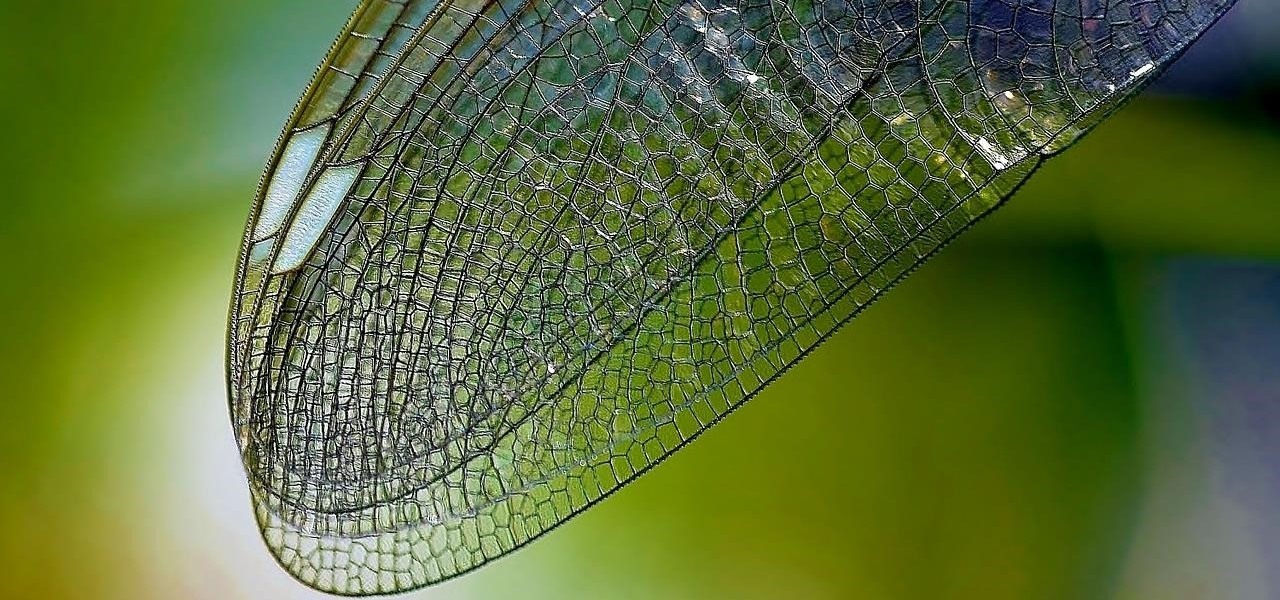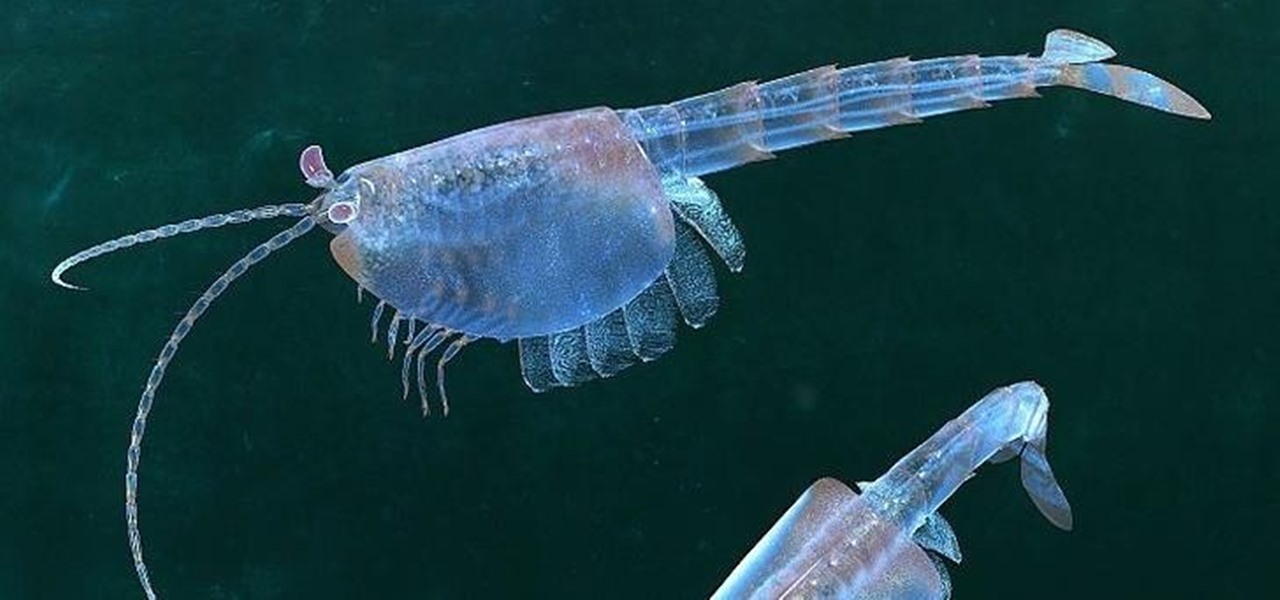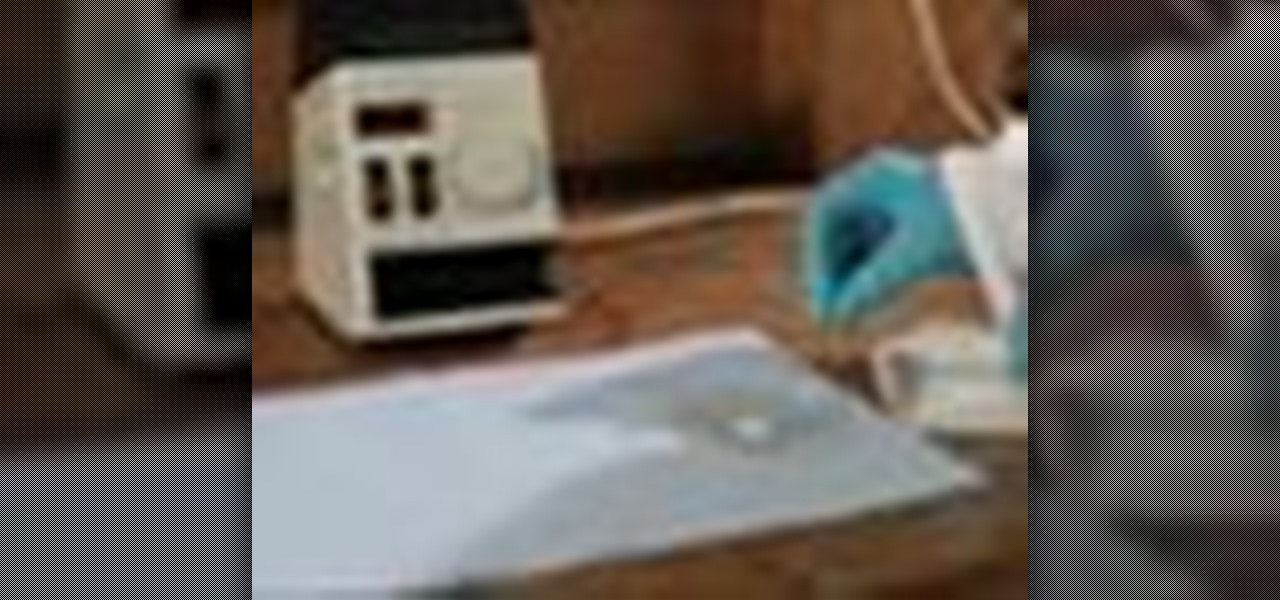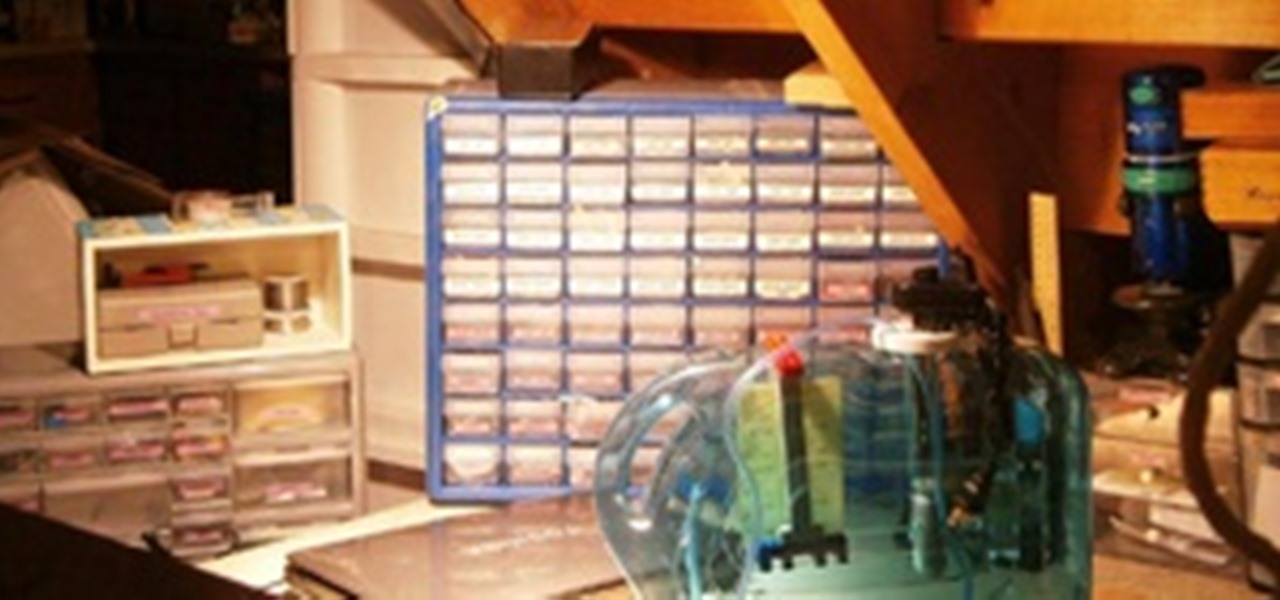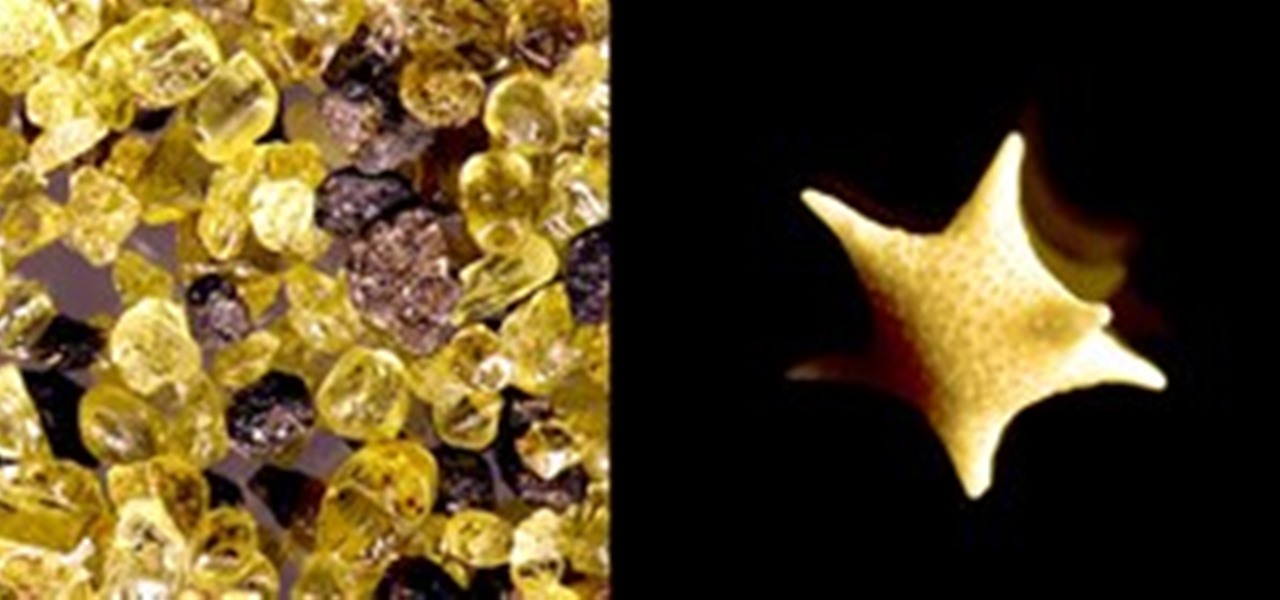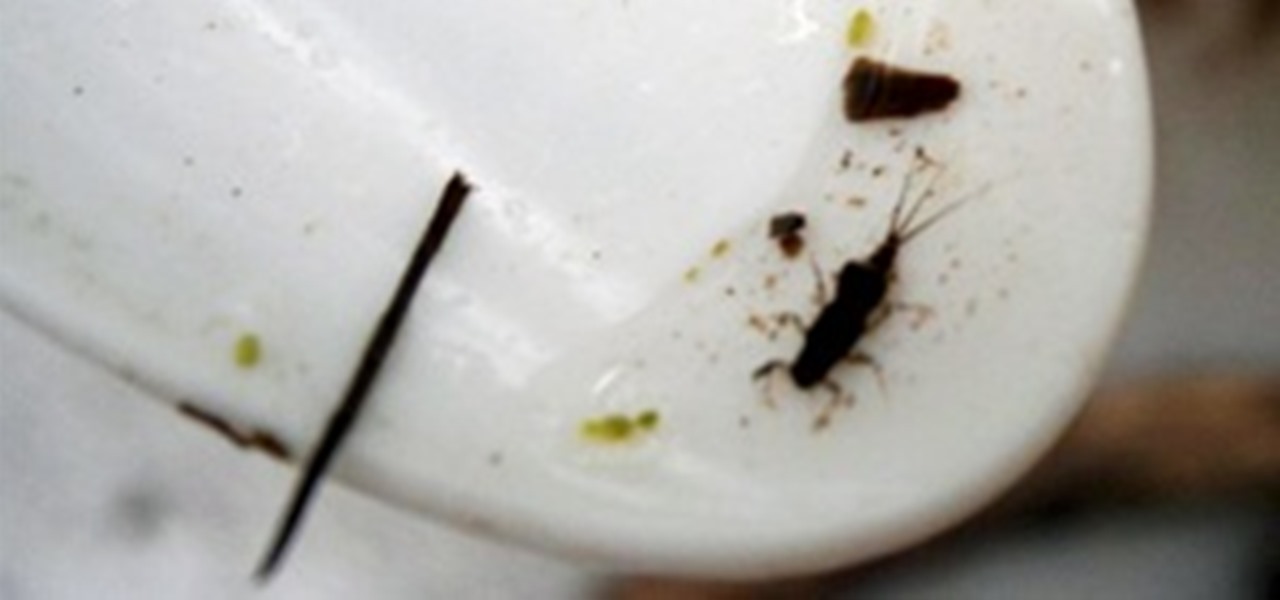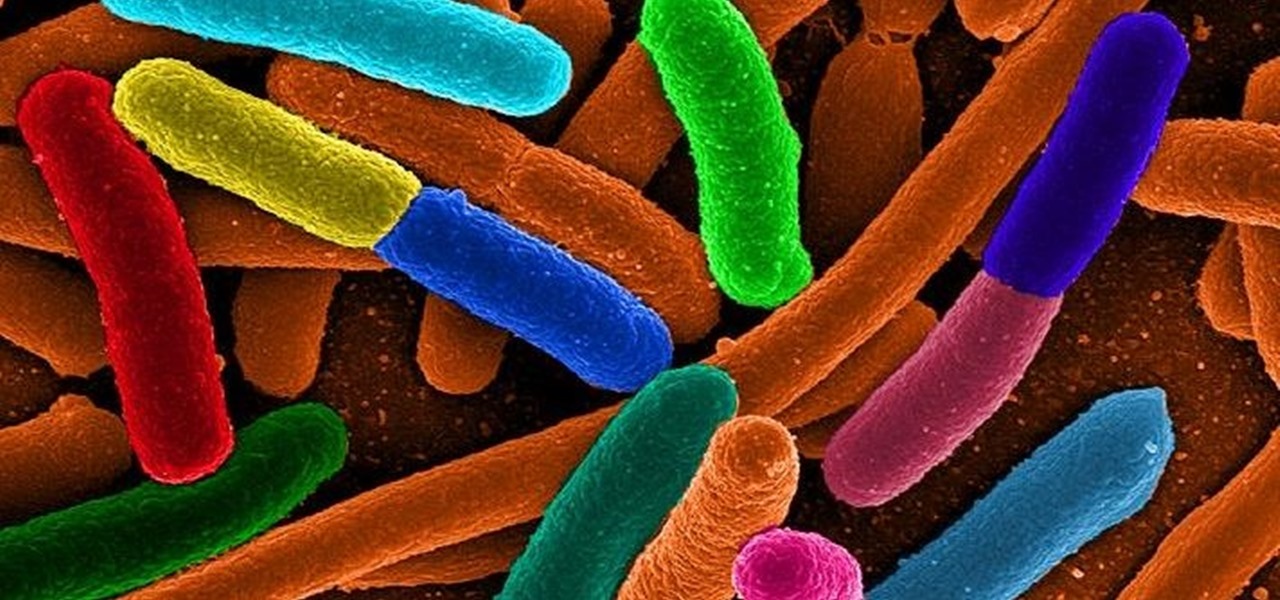
Scientists know that bacteria create their own energy, get nutrients to run their cellular processes, and multiply. But, bacteria haven't been shown to respond to external mechanical stimulation or signals in a way that's similar to how our bodies respond to touch, until now.

It's not always easy to get to the root of an infection outbreak. Epidemiologists study infected people, contacts, and carefully examine where the infections happened and when. In the case of a 2012 outbreak of pertussis — whooping cough — in Oregon, scientists just published an analysis of how vaccination status affected when a child became infected during the outbreak.
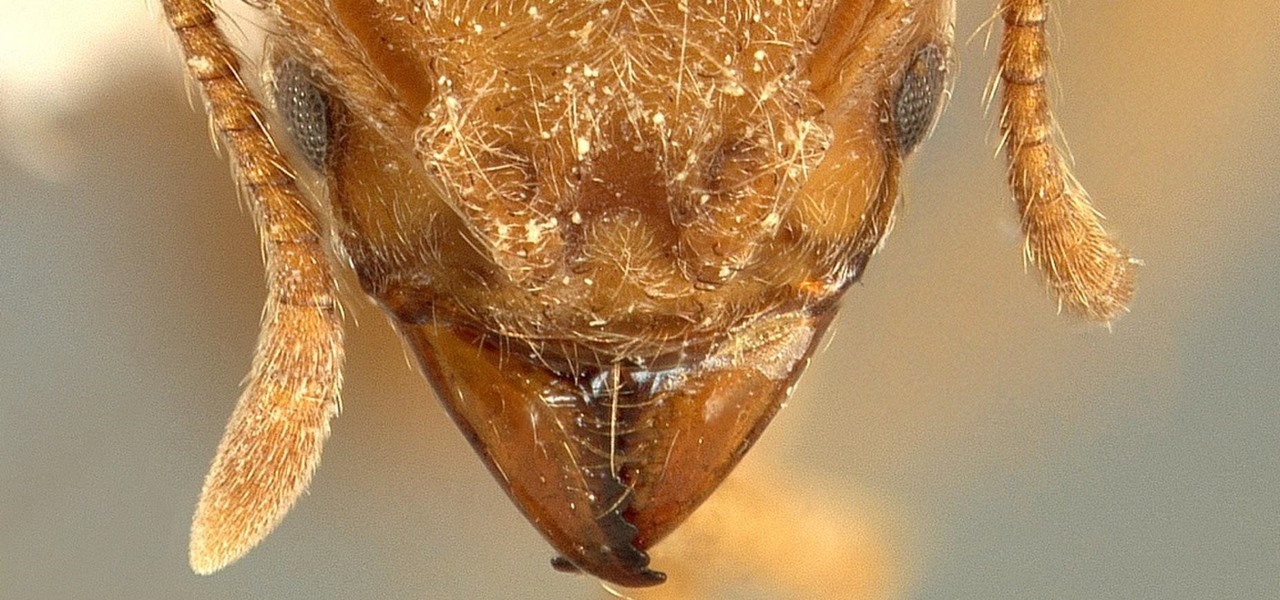
Long admired for their active and cooperative community behavior, some types of ants also wear a gardening hat. Nurturing underground fungus gardens, these ants have a win-win relationship that provides food for both ants and fungi. If we humans understand it better, it may just help us out, too.
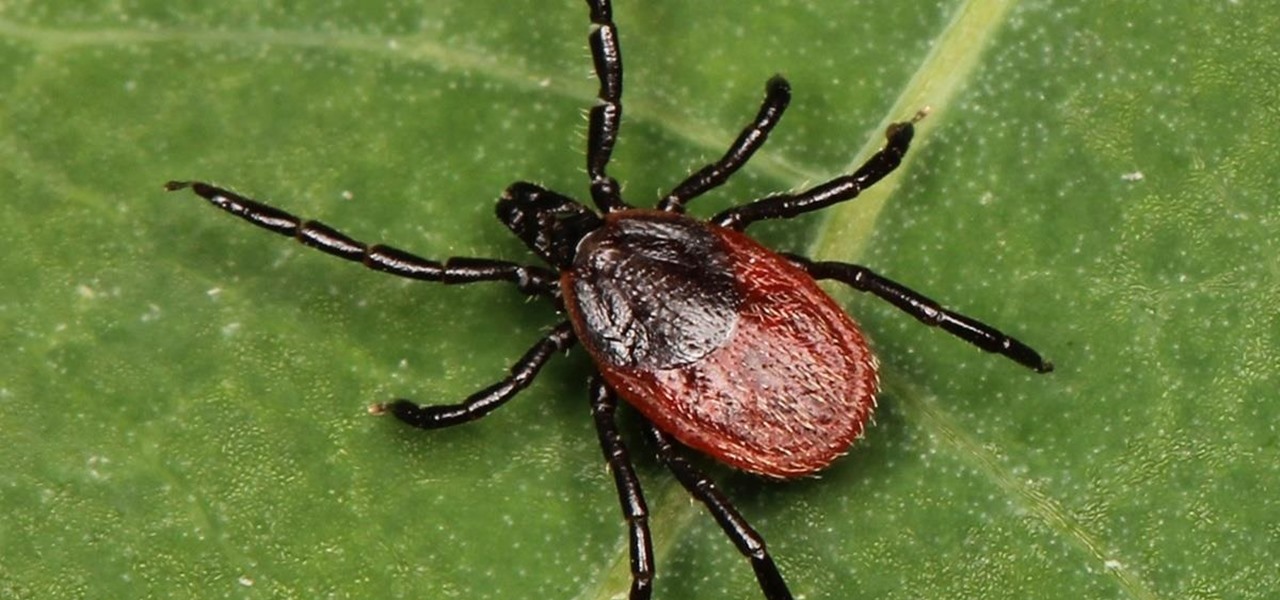
Lyme is a growing threat as we move into warmer weather in the US. Researchers have said this year could be one of the worst for this tick-borne disease, as a skyrocketing mouse population and warmer temperatures increase the risk.

Have you ever had a burning sensation when you urinate? Low fever, back pain, and maybe cloudy urine? Male or female, it could have been a urinary tract infection. If it lasted long enough, the chances are good you went to the doctor for help. For about 20% of women, standard testing for a UTI does not reveal the presence of infection-causing bacteria, even though bacteria may be causing their symptoms. Well, a new test may provide better answers.

Our quest to find novel compounds in nature that we can use against human diseases —a process called bioprospecting — has led a research team to a small frog found in India. From the skin slime of the colorful Hydrophylax bahuvistara, researchers reported finding a peptide — a small piece of protein — that can destroy many strains of human flu and can even protect mice against the flu.

In the ongoing search to find better ways to use antibiotics, an extract made from maple syrup has some surprisingly important medical benefits.

As drug-resistant bacteria become more commonplace, researchers are looking for new antibacterial strategies to disrupt disease-causing microbes. Some scientists are working to create new drugs, while others are trying out drug combinations. Another group, however, are ditching pharmaceuticals altogether and experimenting with non-drug alternatives.

The wait is over. The Samsung Galaxy S6, arguably the best Android phone of this year, has just launched. There was already a lot of hype about this super phone—its looks, its specifications, and its other functions have been under the microscope for quite some time. It will not be a good idea that you take this phone in your hand and use it in the same fashion as you have been using your other phones in the past.

Fasting—or the practice of regularly abstaining from ingesting anything except water—is a pretty drastic move. I tried to fast for two days and made it to the 12-hour mark, which is when I broke down and ate a quart of ice cream.

A deadly type of brain tumor and Zika-related brain damage in developing fetuses are devastating brain conditions that, at first glance, may seem unrelated. However, thanks to new research, their paths seem to cross in a way that could benefit patients. A new study has shown that Zika kills brain cancer stem cells, the kind of cells most resistant to treatment in patients with glioblastoma, a deadly brain tumor diagnosed in about 12,000 people in the US each year.

What's in a sneeze? Quite a lot—dirt, mucus, and infectious germs—it seems. And sneezing the right way can reduce the germs you share with neighbors.

To shine light on the future of the relationship between humans and viruses, a team of researchers from the University of Oxford looked into the dim and distant past.

You just sat down, coffee in hand, and the day is ready to start. Now that you have taken a few sips, let me pose a question: What is living in that coffeemaker of yours? The answer might make you dump that coffee down the drain pronto.

It's truly amazing how far smartphone camera hardware has come in such a short period of time. It took roughly 5 years to advance the image processing capabilities from a pixelated mess to the crisp and clear photos we can take today. This reaches well beyond the megapixel spec race, since camera modules these days sport vastly improved optics, wider aperture, and even larger pixel sensors that capture more light.

There is never a dull moment when it comes to the internet. You can find practically anything you want, whenever you want it. To make that process even smoother and more direct, companies have created a bunch of apps designed to help you find what you're looking for, or enlighten you on a subject you may not have even thought of yourself.

The year 2018 was a rough one for Snap, the company behind the Snapchat app and the Spectacles wearable camera device. From executive departures to reports of slowed user growth, the company that once spurned Facebook's multibillion-dollar advances is now facing a moment of truth as it stares down its uncertain future.

On this platform, we talk a lot about the future of augmented reality, and we pay attention to what is being said elsewhere as well.

The year 2020 was a pivotal span of time during which the word "virtual" took on a brand new meaning. Instead of referring to VR or augmented reality, the term was hijacked to describe meeting across long distances through a variety of software tools, most often through video.

The Interactive Lab Primer (ILP) has been developed as part of the Royal Society of Chemistry Teacher Fellowship Scheme, one of the themes of the Chemistry for Our Future program, and initiative which aims to secure a strong and sustainable future for the chemical sciences in higher education. The aim of the ILP is to address the diverse range of experience and skills students bring with them to a university by offering a resource to support their transition from school to the university chem...

Wish you could see Sandro Botticelli's most famous painting, The Birth of Venus? For those of you who can't make it to the Uffizi Gallery in Florence, Italy, just keep on reading...

Using the blend modes in the brush tool, you will learn how to make an image that looks like you're looking through a microscope. We're not sure what you can do with this, but it's still pretty cool. Create a microscopic view effect using Photoshop.

MAKE Magazine recently opened the Make: Science Room, a "DIY science classroom, virtual laboratory, and a place to share your projects, hacks, and laboratory tips with other amateur scientists."

Single-cell electroporation (SCE) is a specialized technique allowing the delivery of DNA or other macromolecules into individual cells within intact tissue, including in vivo preparations. The distinct advantage of this technique is that experimental manipulations may be performed on individual cells while leaving the surrounding tissue unaltered, thereby distinguishing cell-autonomous effects from those resulting from global treatments. When combined with advanced in vivo imaging techniques...

Crabfu demonstrates how to mod your iPhone with a microscope for just $5 (UPDATE: the $5 microscope from Amazon is now selling it for $12.50... read more). Incredibly simple to make! Check out the sample images taken below the video.

Whenever we make a homemade circuit, we use what are called through-hole components. Any components with long metal leads is a through-hole component. They are great for soldering to, but it's tough to fit enough through-hole resistors and capacitors into a smartphone. To get those last microns, we have surface-mount components for SMDs (surface-mount devices). These are all of those teeny, tiny things you see when you crack open your digital camera or laptop case.

I have an absolutely wonderful time making projects and writing articles for all of you mad scientists! Today, I will bring you behind the scenes for a look at the workbench, tools, and software that make the Mad Science World possible.

Who is this oddly painted man? Sage or idiot? Captain Disillusion puts Japan under the microscope to debunk the mirror girl ghost camera trick illusion.

How small is Russian artist Anatoly Konenko's microminiature aquarium? Well, for starters, it holds just two tablespoons of water. Not that you could ever fill it with a spoon, of course! The force would tear the décor to bits. Konenko favors a syringe for that particular task.

Artist Pery Burge uses water, paint and ink to create images that look like they might have been captured by the Hubble Telescope or under the super-zoom of a powerful microscope.

Incredible. There's a type of sand (found only on the small Okinawan island of Iriomote) in which each grain resembles a tiny star. And I never would have known, if it hadn't been for blogger Jason Kottke's pal Mouser. Mouser collects sand from all around the world, and then documents each sample with a macro lens:

Amazing. Truly. This is a WonderHowTo weekend digression. When we get excited, we just gots to share. Ok. Ok. Almost all of our tutorials possess a DIY sensibility and bias. Education is a complex relative of DIY and causes us taxonomical gas. But we love the category, nonetheless.

Mad Science is looking for more hackers, makers, and DIYers to participate in our community madness. If you've recently designed or made a project, we want to see it! Share with the other Mad Scientists out there by posting up a how-to of your pet project on our community corkboard, or even just a few cool, inspiring photos of the build.

Are you prone to crusades of the overambitious? Well, here's one for you: try to find and identify every animal on earth. You may think scientists have a handle on this, having pinned down 1.4 million animal species so far, but there are millions more are out there, waiting to be found. Brazilian scientists have put the cost of finding the rest at a decisive $263 billion.

Last time we took a look at some of the creatures of the pond, including the dragonfly nymph. Today, we examine the all-grown-up dragonflies in the field you are used to seeing on summer days! Dragonflies are not dangerous, but the extra large ones can bite you something fierce if you handle them wrong.

There is a secret world hidden just beneath the surface of every pond, lake, and stream. Those waters are filled with wails of hideous creates murdering other hideous creatures for food and sport. Beautiful animals like dragonflies and damselflies that you see in the light of day start their lives in this sparse spartan hellscape. Luckily, being giant mammals, we can pluck these creatures from the depths and look at all of their cool behaviors! All you need is a pond, net, and curiosity.









